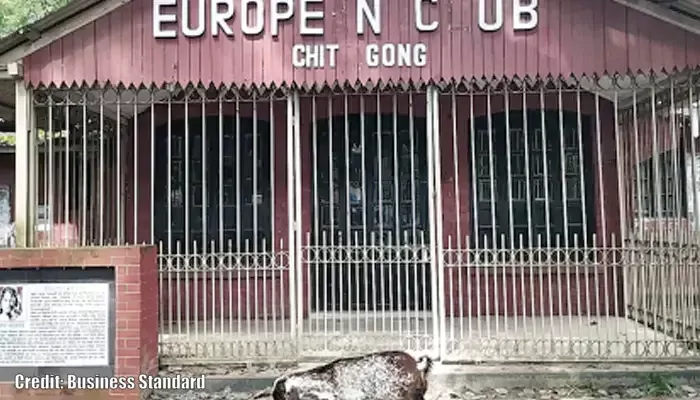
With a pistol in one hand and cyanide in the other, Pritilata Waddedar shattered the myth that resistance was a man’s burden alone
In the quiet of colonial Chittagong, a signboard told a powerful story: "Dogs and Indians not allowed." That notice outside the Pahartali European Club was bold, unapologetic, and sadly reflected the racism of the era.
But on the night of September 23, 1932, a young woman, disguised as a Punjabi man, led a small group of brave individuals to that very club, not to protest with signs, but to fight back with fire and firearms. Her name was Pritilata Waddedar, and she was only 21.
She wasn't just there to make a statement. This was a carefully planned attack, entrusted to her by Masterda Surya Sen, the leader of the Indian Republican Army's Chittagong Branch. For a woman to lead such a bold armed mission back then was truly extraordinary. But Pritilata was no ordinary woman.
Born in 1911 within a modest middle-class family in Chittagong, Pritilata excelled academically. She secured top marks in her intermediate exams at Eden College in Dhaka and later graduated with distinction in Philosophy from Bethune College, Calcutta—although her degree was denied by the British authorities due to her revolutionary activities.
Her education did not soothe her; it intensified her resistance. Even as a student, she encountered revolutionary leaders such as Bina Das—who famously attempted to assassinate the Bengal Governor—and Leela Nag, who trained women in armed combat.
She returned to Chittagong to teach and eventually became headmistress at Nandankanan Aparna Charan School. However, the classroom was not where her story ended. Instead, it marked the start of her quiet storm.

Pritilata's initiation into armed resistance began with the Chittagong Armoury Raid in April 1930. Alongside Kalpana Datta, she assisted in sabotaging British armouries and disrupting rail and telegraph lines.
Two years later, she was selected to lead the attack on the Pahartali European Club, a mission initially intended for Kalpana, who had been arrested. The choice was not sentimental but strategic. Even among a movement full of brave men, Pritilata distinguished herself.
Around 10:45 pm, the group set fire to the club and opened fire. As British guards responded, Pritilata was shot during the fleeing. Cornered and bleeding, she chose cyanide over capture. She died instantly, avoiding the colonial noose and leaving a legacy of defiance.

Pritilata was not merely a soldier; she was also a writer and a thinker. In a leaflet found on her body, she urged Indian women to "break their chains of weakness" and embrace rebellion. In her diary, she recorded how Surya Sen had entrusted her with the mantle of leadership, so the British would finally "learn" that Indian women would not be silenced or sidelined.
Her words, like her death, were powerful—like the sound of a silent scream that history could not ignore.
For decades, Pritilata's story remained largely within regional memory, kept alive by whispers in Bengal and statues in Kolkata. Films like 'Chittagong' and 'Khelein Hum Jee Jaan Sey' brought her story to broader audiences, but not yet to the place she truly deserves in national consciousness.
Efforts are now underway in Chittagong to transform the European Club—her final battlefield—into a Pritilata Memorial Museum. It would serve as a tribute not just to her, but to all the women who took up arms when simply holding placards was not enough.
In 2012, Calcutta University finally awarded her the degree she was denied. A symbolic act, yes—but one that reminded the world that freedom often begins in the margins—with people like Pritilata Waddedar, who dared to ignite flames where others offered only flowers.